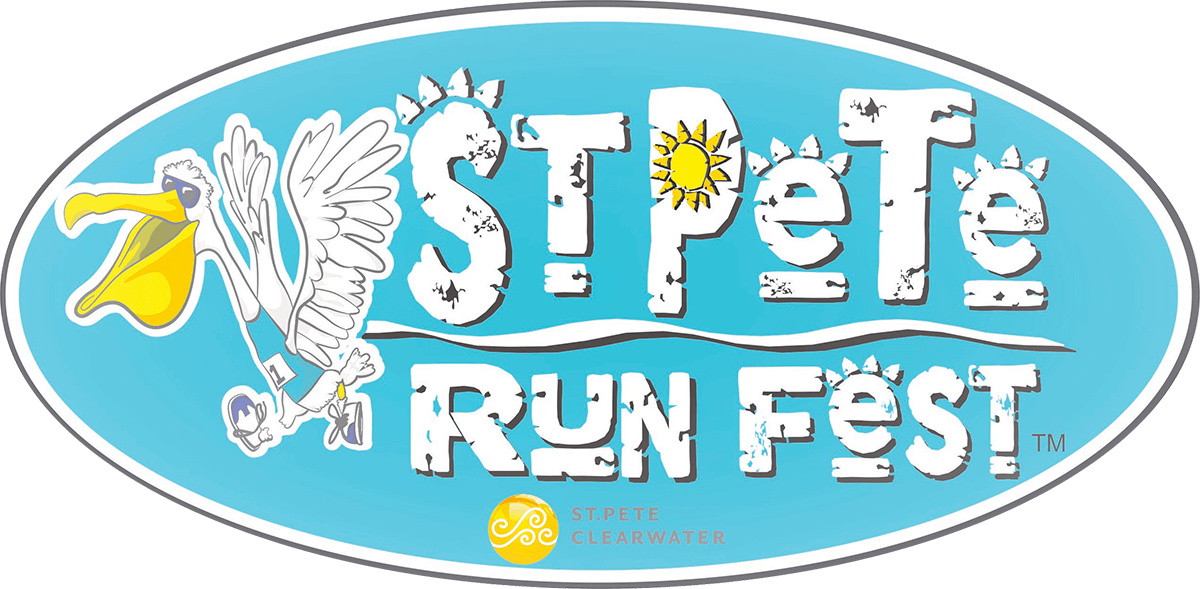Before you can even plan for peak performance you have to start with a vision of where you want to go and then build a solid foundation. Whether you want to complete a marathon, get an athletic scholarship into college, or become an Olympic athlete, setting your goals is the first step to building a plan. Next, you must make the commitment to do whatever it takes to succeed and stay healthy. Lastly, select your team carefully. As an athlete you must take responsibility for your journey and not only hold yourself accountable, but also the team of people around you.
Surround yourself with people who believe in you and have a strong commitment to help you achieve your goals. Each member can play a specific role in your success, so choose wisely. Make sure that whomever you select has proper credentials, specific expertise, and experience working with athletes at the appropriate level you need to succeed. Take time to talk to other athletes, interview candidates, and do your research.
At Back 2 Normal, we understand that athletes want quick and easy solutions to keep them at the top of their game. Look no further than our cutting-edge recovery strategies to give you the edge over your competition. We use a whole-body approach that gets results so you can focus on your training. Here are a few tips to get you started:
Tip 1: SWEAT = Fluid Loss = Dehydration = Heat Illness/Cramping
Thirst is not always a sufficient indicator of hydration. In fact, strong thirst may be a sign that you are already 2-3 % dehydrated. 1% level of dehydration can decrease athletic performance. 3% could put you in the high-risk zone! So what’s the solution? Drink more than just water before, during and after training by adding a quality electrolyte, such as LMNT. We saw several athletes at Run Fest who were cramping and withing 5 minutes of giving them LMNT electrolytes their cramping resolved! Learn more at back2normalpt.com/deter-
Tip 2: Time To Retire Your Shoes?
Running shoes may wear out the outsole and midsole at the same rate, but it is not unusual to see the midsole wear out first. Start checking your running shoes for wear and tear after 2‐3 months or 300 miles. Running shoes typically do not last more than 500 miles.
Tip 3: Foot Facts – Sock It To Me!
With increased activity, sweat production can be increased by 4x leaving your feet at risk for conditions that could affect your performance. Wet feet can cause poor shoe fit, slipping in the shoe, and unwanted blisters. Damp skin is easily irritated and at risk for fungal or viral infections that thrive in moist, warm environments. Selecting the right sock will provide a runner with function, comfort and help prevent injury. Sock technology helps control moisture, dissipate heat, resist friction, and provide cushion and shock absorption. Learn more back2normalpt.com/put-
-
Choose socks that wick moisture away from feet.
-
Avoid 100% cotton socks as they will cause more friction and blisters.
-
Get the fit right! For best results, pair your sock with the right shoe, your foot type, and the environment in which you will be training.
Tip 4: Prepare…Train…Recover…Repeat
Preparing your body by performing exercises that mimic the movements needed for your upcoming run, such as a dynamic warm up, will help prevent injuries. After practice, training, and competition, don’t skip your cool down. Perform a few dynamic movements, cardio cool down, and static stretch key muscles used during your sport activity. Additionally, to aid and soothe muscle recovery, use ice, hot/cold shower, Epsom salt soak, compression garments, Deep Blue dōTERRA essential oil, MELT method, restorative yoga, massage, and/or use Normatec compression boots. Learn more at back2normalpt.com/perform-win-
Tip 5: Sound Sleep – Rest, Repair, Rebuild
Seasoned athletes get 7-9 hours of sleep, use a wearable device such as Oura to track sleep, travel with their favorite pillow, meditate before going to bed, turn off electronics 2-3 hours before bedtime, and use dōTERRA therapeutic essential oils such as lavender to aid in a good night’s sleep. Learn more at back2normalpt.com/sleep-
Looking for even more tips? Check out this blog! back2normalpt.com/prevent-
What would you like to learn more about to help improve your health and performance? Just let us know and we’ll deliver. In the meantime, schedule your FREE 15-minute consult call with us using the link on our site at back2normalpt.com!
